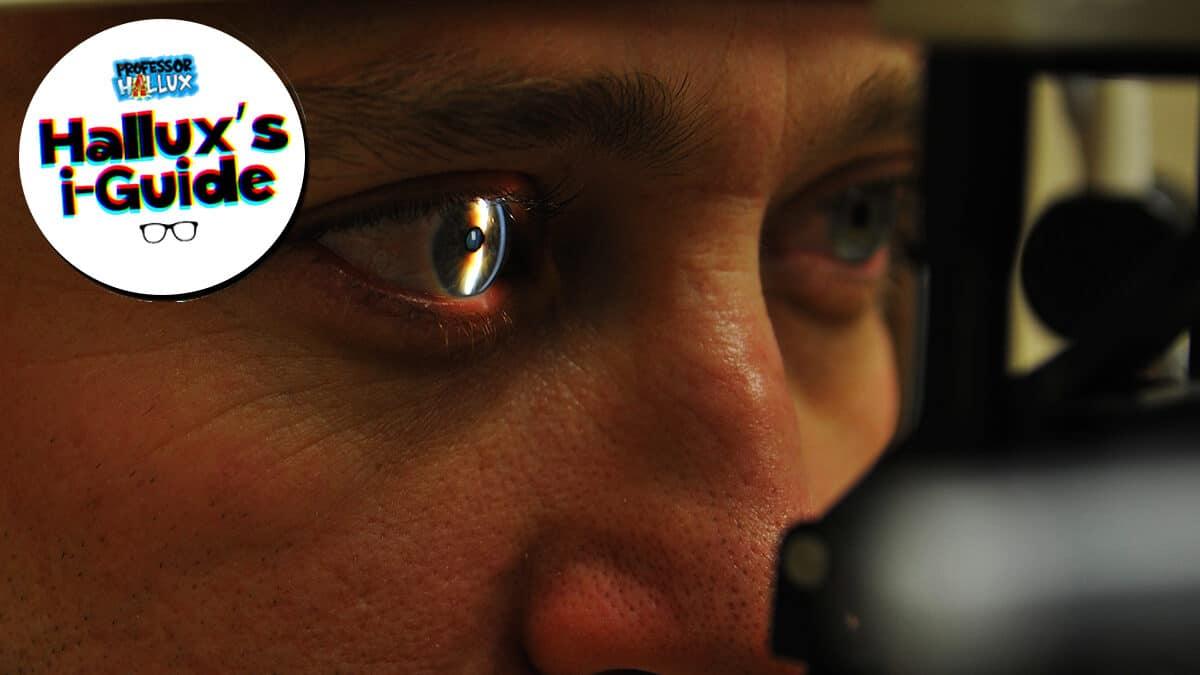Imagine that the eye is like a non-digital camera, and the retina is the film.
Rays of light enter the eye and are focused on the retina by the cornea and lens.
The retina produces an image which is sent along the optic nerve for the brain to interpret, rather like developing a camera film.
The retina is like a movie screen onto which the light from outside is projected. Special cells called rods and cones process light.
There are around 120 million rods and 6 million cones in each eye! But what do they do?

Rods and cones
Rods see in black and white, and in shades of grey and tell the form or shape that something has. Although rods can’t tell the difference between colours, they are super-sensitive, and allow us to see even when it’s dark.
Cones sense colour. They need more light than rods to work well. There are three types of cones – each type being sensitive to one of three different colours – red, green or blue.
Together, these cones can sense combinations of light waves that enable our eyes to see millions of colours.
Together, rods and cones process the light to give you the total picture. The information from the rods and cones is whizzed up the optic nerve to your brain where the images are processed!
The image from the lens actually shines onto the retina upside down, but your brain flips the picture without you even knowing!
Did you know that if you look at a colourful jumper in a very dark room you’ll have trouble to see which bits are red and which are green – but you’ll probably be able to see the pattern, that’s the rods and cones in action!
Macula
The macula is the small area at the centre of the retina responsible for what we see straight in front of us, at the centre of our field of vision. The macula is very important as it gives us the vision needed for detailed activities such as reading and writing, and the ability to appreciate colour.
> Visit Professor Hallux’s i-Guide homepage
> Download the free i-Guide podcast from iTunes
Hallux’s i-Guide
Find out all about your eyes with Professor Hallux's i-Guide!
More From Hallux’s i-Guide



